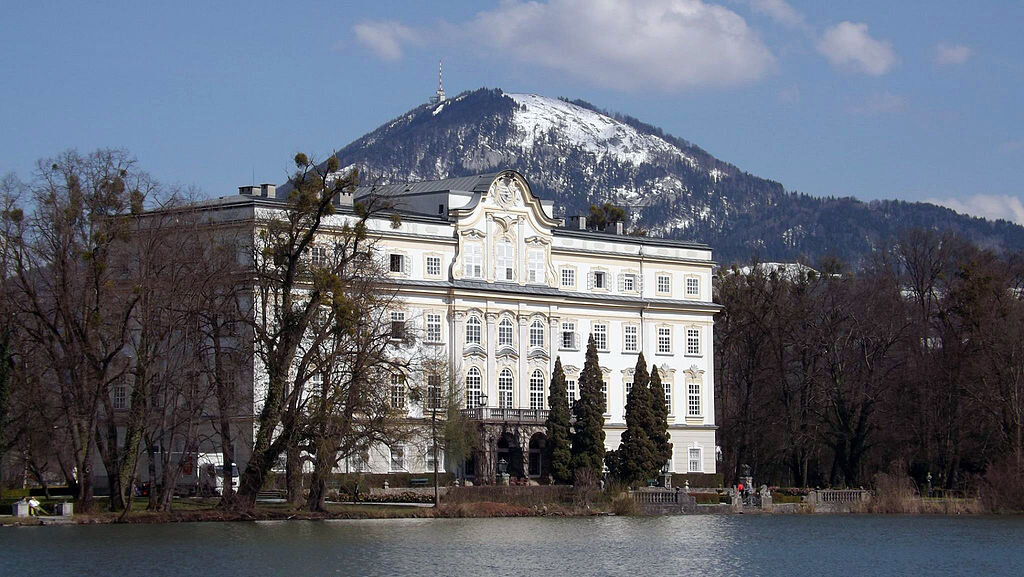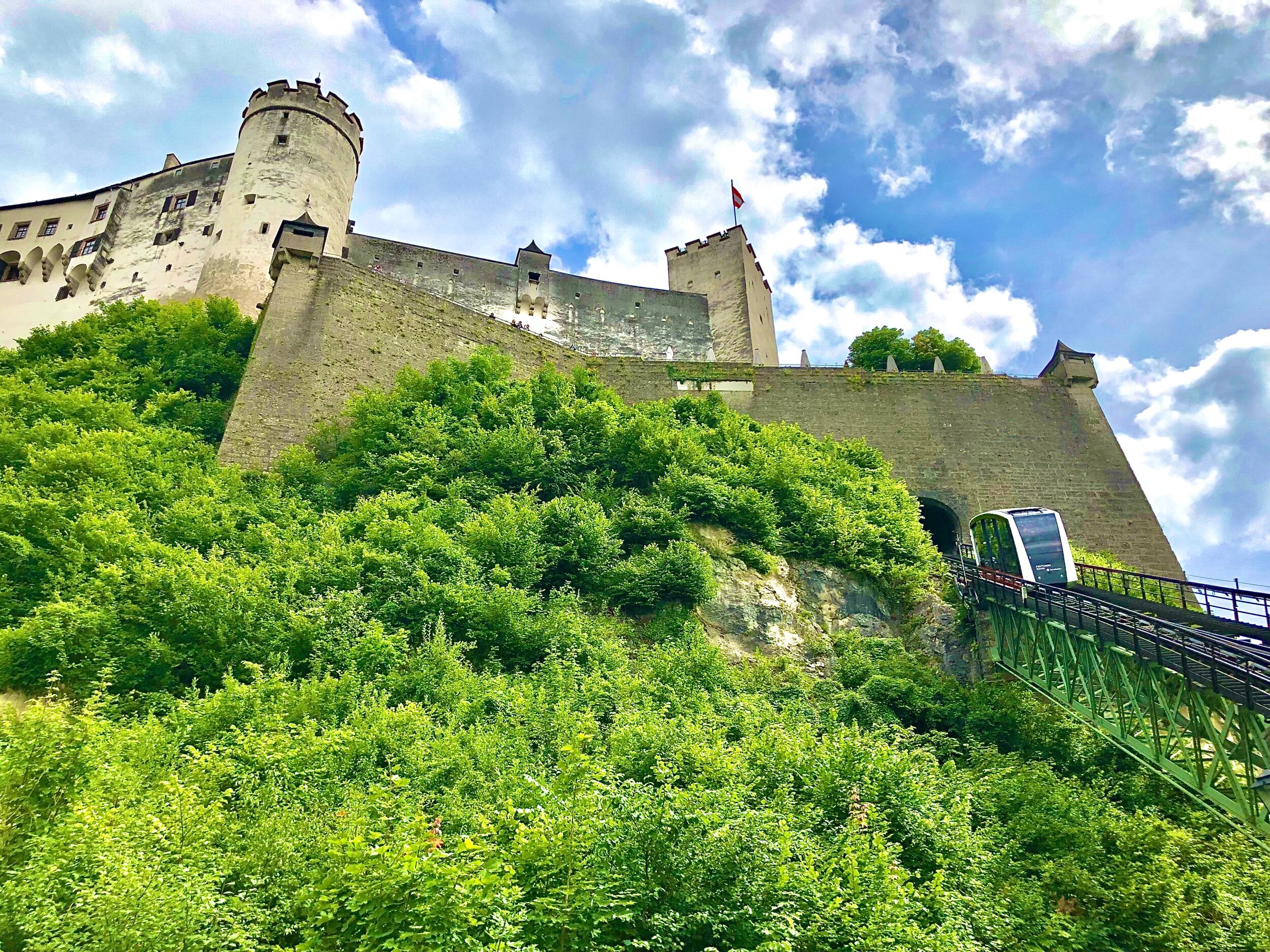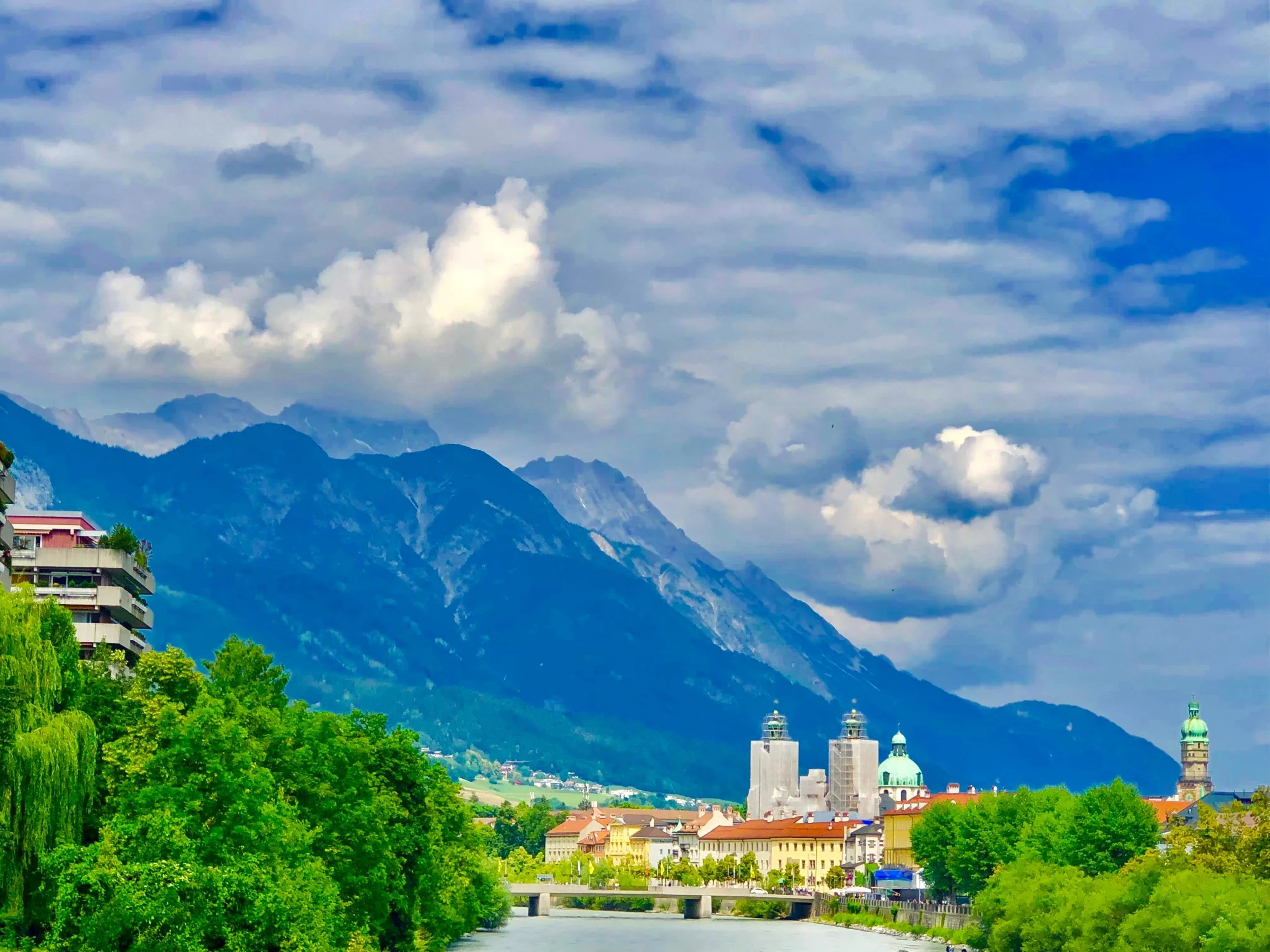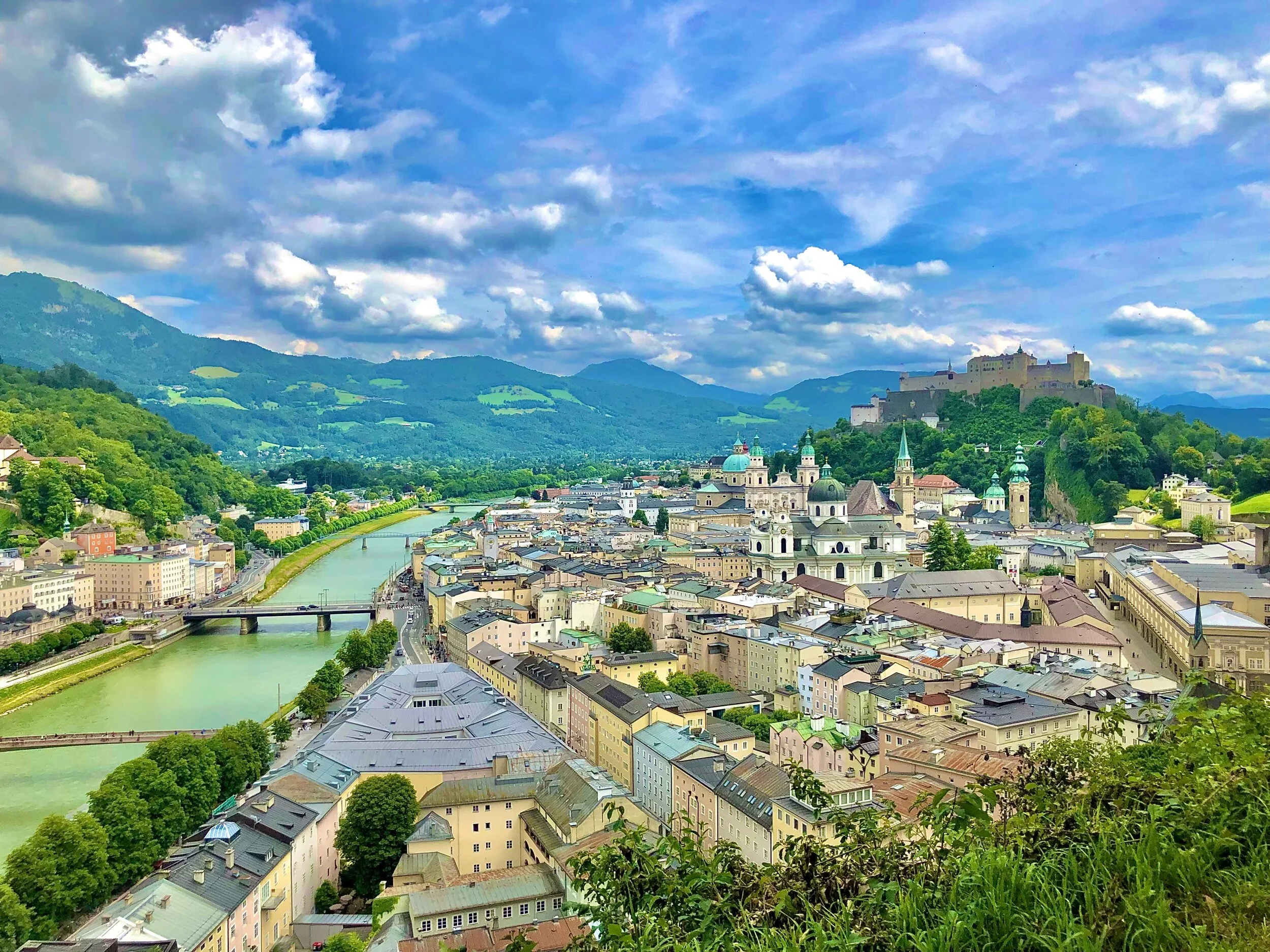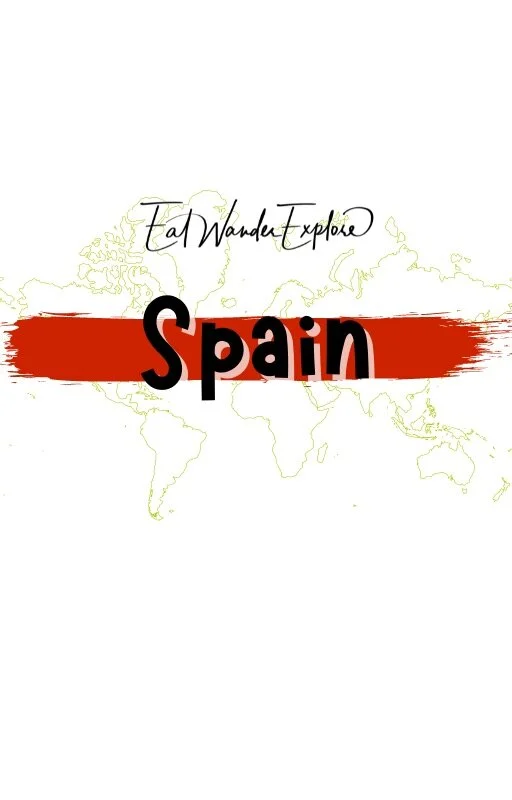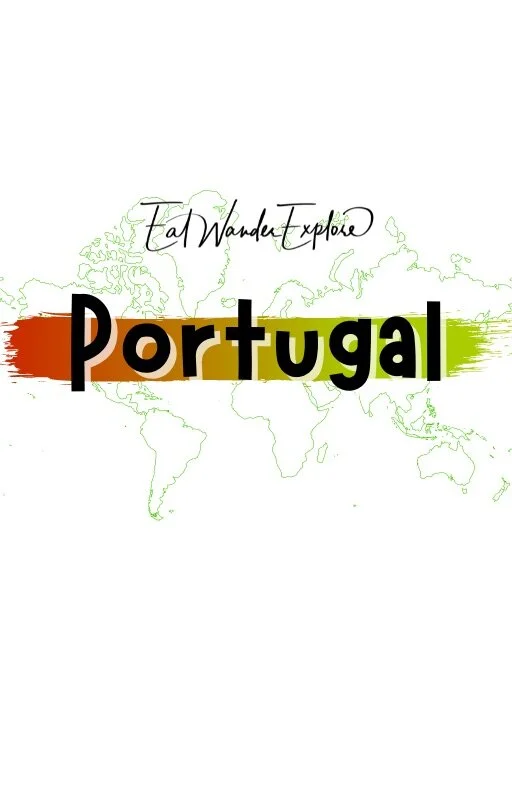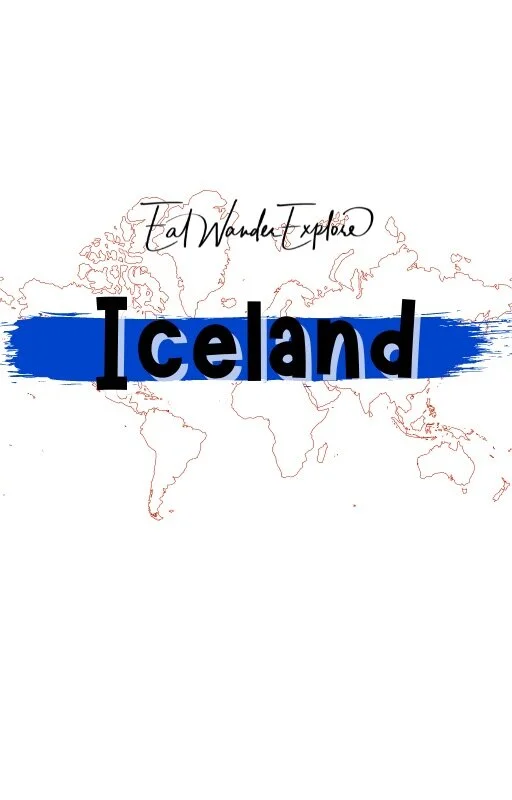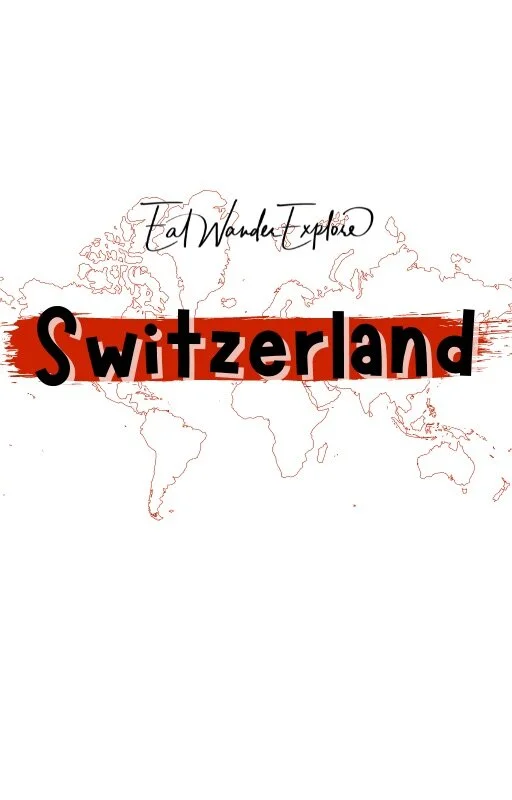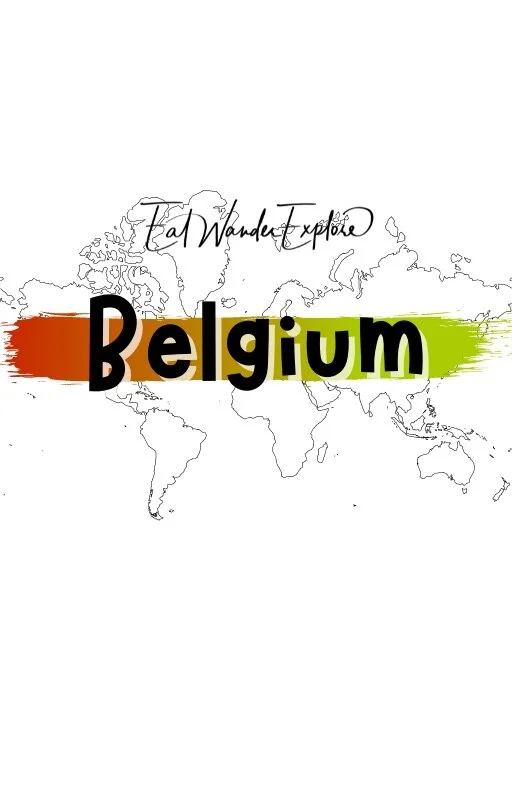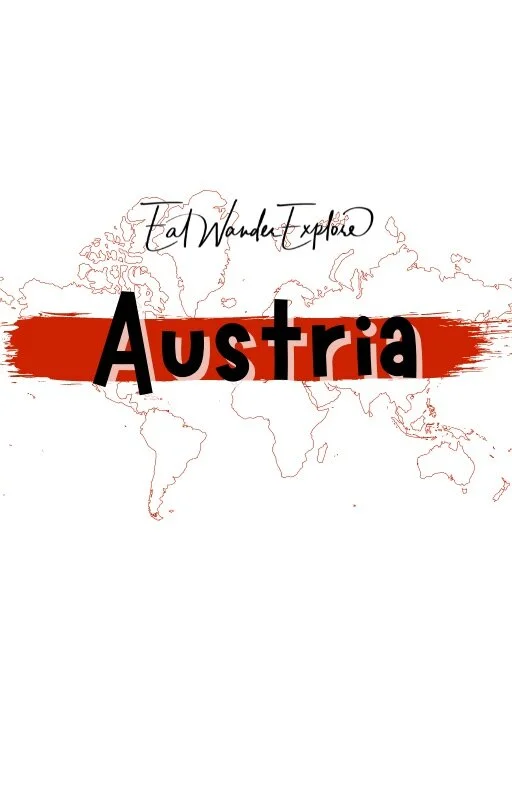Salzburg and the Sound of Music - Austria
Please note: This post may contain affiliate links. See our disclosure to learn more.
Destinations > Europe > Austria > Salzburg and the Sound of Music
Austria’s Most Inspiring City
Located near the northwestern border of Austria, Salzburg has been called Austria’s most inspiring city. This could be true given the abundance of culture, history, and architectural wonders the city offers visitors. People looking for things to do in Salzburg will not have a hard time finding beautiful and fascinating attractions to fill their time.
Capital of the federal State of Salzburg, this UNESCO World Heritage site is certainly one of the most beautiful cities in Europe.
The beauty of the city itself is framed by the gorgeous natural setting of the Alps, and the River Salzach which flows through the city. The tolls on salt barges travelling the river are what gave the city its name – “Salt Fortress” – in the 8th century. Birthplace of composers and musicians, boasting over 30 churches in various architectural styles, with modern markets and restaurants, as well as the nearby Alps, there are plenty of things to see and do in Salzburg - and that’s not to mention the Sound of Music!
Shearings Holidays, CC BY 2.0, via Wikimedia Commons
Where to Stay in Salzburg - Hotel Schloss Leopoldskron
With Free Bike Rentals and Free Breakfast, this is the Best Accommodation Deal in Salzburg!
Plus, they’ve recently made a number of repairs and have done a complete renovation of the gallery, a redesign of the garden, and a refurbishment of the Max Reinhardt Suite, as well as the Red Salon. It’s also an original shooting location from the movie “The Sound of Music” and the hotel that the production crew for the film "Magic Flute" recently stayed in!
Free WiFi is provided in all areas.
Free private parking.
Jogging and cycling trails are right outside.
Free fitness center.
Free access to a public pool and miniature golf course.
Also get the Sound of Music Tour Included with a 2 or 3 night stay by choosing the deal below!
The Famous Leopoldskron Castle -
with everything that you’ll need!
Schloss Hellbrunn
Salzburg is a particularly well known spot for Baroque architecture, and Schloss Hellbrunn at the southern edge of the city is a lovely early example of the style. Built as a day palace for the Archbishop of Salzburg, who was also the ruler of the city in the early 1600s, it’s named for the spring that rises there. Water from this spring is a key feature throughout the palace and the park that surrounds it. Guests are often intrigued and surprised by the Hellbrunner Wasserspiele or trick water fountains found at various spots around the Schlosspark von Hellbrunn. The favorites are the Prince’s Table with spouts in the chairs and the Mechanical Theatre where the water makes the music.
Hellbrunn palace tickets include access to the trick fountains, the palace’s permanent exhibitions, and to the folklore museum located on the ground in the decorative Monatschlössl, or the "little month-palace." In 2020, an audio guide was added to the palace grounds to give visitors detailed background on the various fountains and installations. Access to the general park and orangery are free, and they are lovely as well.
Additionally, the Gazebo where some of the most unforgettable and romantic scenes of the Sound of Music, like "16 going on 17" and "Something Good" is located here!
See section on Sound of Music below for more information.
Hellbrunner Allee
The Hellbrunner Allee offers a lovely walk back to the city center. Built to connect the Residenz Palace with the Hellbrunn Palace, the wide treelined avenue allows a glimpse of the more exclusive parts of the city with views of several palaces and villas along the 5-kilometer route. The walk is about an hour depending on your pace, with bus stops partway along in case you get tired.
You’ll also want to stop at Schloss Frohnburg, as you may recognize the gates as the spot where Maria arrived hopping and swinging her guitar while singing "I Have Confidence" in the Sound of Music.
See section on Sound of Music below for more information.
Mirabell Palace and Gardens
Another Baroque gem, Mirabell Palace was originally built by an Archbishop for his mistress, it was later further rebuilt and embellished in the High Baroque style. After a fire in 1818, the palace was restored in the Neoclassical style, though much of the Baroque embellishment and statuary was preserved, particularly the Donnerstiege stairway and the Marble Hall. Today the Marble Hall regularly holds concerts and it is a sought-after venue for weddings as well.
The Mirabellgarten, or Marabell Gardens, were opened to the public by Emperor Franz Joseph I of Austria and remain free of charge. They contain attractions such as a sylvan theatre, an orangery, mythologically themed statues, and - of course - the thrill of walking through one of the spots where “The Sound of Music” was filmed. Housed in the Gardner’s Building you can find the Schloss Mirabell Baroque Museum with exhibits of European art from the height of the style.
The Salzburg Marionette Theater is also located here. See section on Sound of Music below for more information.
Stops at Mirabell Palace and Gardens, Mozart Residence, Mozartplatz, St. Peter's Abbey, Salzburg Cathedral and more!
St. Peter’s Cemetery
In a city that has seen so much of both culture and strife, it should not surprise you that one of the main attractions is a cemetery. Petersfriedhof, or St. Peter's Cemetery, is the final resting place of Mozart’s older sister and the composer Michael Haydn, in addition to several other historical figures.
Honoring their resting places is admirable, but many visitors come to experience the catacombs of the early Christian hermitages and chapels that have been cut into the side of the rock of the Mönchsberg at the abbey’s back.
This cemetery also inspired the escape scene in The Sound of Music movie!
See section on Sound of Music below for more information.
Mönchsberg
Named after the Benedictine monks at St. Peter’s, who built their abbey at its base, Mönchsberg is one of several mountains that shape the Salzburg skyline. The mountain offers forests and meadows for recreation above, while Sigmund’s Gate, one of the oldest street tunnels in Europe, runs through its center. The tunnel offers yet another example of beautiful Baroque ornamentation at each of its entrances. In addition to the parkland spaces, the mountain is home to several castles and fortifications offering a panoramic view of the city and surrounding countryside.
St. Peter’s Abbey
The neighborhood around Stift St. Peter is the oldest in Salzburg. St Peter's Abbey, home to the cemetery and the catacombs, is perhaps the oldest monastery north of the Alps. In the middle ages it was a well-known school and is still home to the oldest library in Austria.
The architecture of the abbey is a charming mix of styles that takes you through history from the Romanesque through the Rococo. Though welcoming to visitors, it’s an active place of worship and study, so access to some areas is restricted.
You’ll also be stopping here on the private walking tour of Salzburg mentioned above in the Mirabell Palace and Gardens section.
One of the most experiences you can have here is the Mozart Dinner Concert at the Baroque Hall of St Peter`s Abbey.
Pferdeschwemme
Also built against the cliffs of Mönchsberg, the Pferdeschwemme, or horse baths, were originally built to serve the nearby royal stables. In the later 1600s an ornate fountain with frescos and a statue of a horse tamer were added. The horse pond is located in what is today known as Herbert von Karajan Square, located at one end of Sigmund’s Gate, is named for and celebrates the composer Herbert von Karajan. It’s another familiar site from “The Sound of Music” for those following the path of the famous film.
See section on Sound of Music below for more information.
One of the most unforgettable and adrenaline pumping experiences you’ll have in Austria!
Nonnberg Abbey
For fans of the film, Stift Nonnberg, or Nonnberg Abbey, is a must see. The story immortalized in the film of the novice Maria becoming a governess for, and then marrying into, the von Trapp family is based on the life of the real Maria von Kutschera at the abbey. Located at the top of a steep hill, the early soaring Gothic architecture is unique amidst the ornate Baroque style found throughout the rest of the city.
Visiting hours are a from 6:45am until dusk, excluding religious services. Though cloistered, choir does perform publicly in the church for holidays and special occasions.
Salzburg Cathedral
A masterpiece of Early Baroque architecture, Salzburg Cathedral plays a central role in the history and culture of Salzburg. Though it was first built in 767, the church has burned and been rebuilt several times, with each version leaving its mark. The footprint of the previous versions remains visible in the church’s crypt, with the Baroque style making up the main part of the current building. The cathedral’s treasure trove of art and ornament serves as backdrop to many of the city’s concerts and festivals, especially during the Salzburg Festival in the summer and the Christmas Market during Advent.
Check in advance of your visit to see if there is a concert while you will be there – the experience is truly awe-inspiring. And in addition to the wonders on display in the church, such as the three impressive bronze doors representing the virtues, a visit to the Cathedral Museum will give you an even better idea of how important the church is, and was, to the history of Salzburg.
The church is open every day from 8am until evening, with no visits allowed during mass times. For a small fee a guided Cathedral tour is available, and well worth it.
You’ll also be stopping here on the private walking tour of Salzburg mentioned above in the Mirabell Palace and Gardens section.
Fortress Hohensalzburg
Another iconic feature of the Salzburg skyline is the Fortress Hohensalzburg. Built in 1077 on a hill above the city, and strengthened and expanded until the 1500s, the fortress was intended to protect the archbishops and has never fallen to enemy forces. The multiple gates and defenses you have to pass through to enter create an imposing first impression. Once inside you can view the luxurious Princes’ Appartements, and see how the rulers of the city enjoyed their success.
The Fortress Hohensalzburg is home to several museums that give visitors an interactive window into the history of the building and the city. There are a variety of tickets available depending on what you want to see and do there, with options including guided tours and the Funicular service to get to the fortress if the 20-minute walk from the old town is not appealing. As with many of the other sites in Salzburg, the fortress is often host to concerts, so it’s a good idea to check the schedule and see what’s on when you’re there.
The Best Mozart Experience in Salzburg!
Mozart’s Birthplace
If you are lover of classical music, you can’t visit Salzburg without a stop at Mozart's Birthplace in the heart of the old town. The house at number 9 Getreidegasse, where Wolfgang Amadeus Mozart was born is now an engaging museum showcasing the composer’s works and life. The museum offers guided tours and revolving exhibits keep things fresh and interesting.
The Mozart Residence, located on Marketplatz, is the house his family moved to when their third floor apartment became too small and is also a museum where you can see even more of the composer’s instruments and works. For the full pilgrimage honoring the great composer, a visit to Mozartplatz, or the Plaza de Mozart, to see the Mozart Monument is not to be missed. City tours often meet there and start off honoring the genius.
You’ll also be stopping here on the private walking tour of Salzburg mentioned above in the Mirabell Palace and Gardens section.
No machine-readable author provided. Matthias Kabel assumed (based on copyright claims)., CC BY-SA 3.0, via Wikimedia Commons
St. Sebastian’s Cemetery
St Sebastian's Cemetery is another must see site for true Mozart fans. While the church and cemetery are impressive on their own, the draw here is the final resting places of Mozart’s wife, Constanze, as well as his father, Leopold. The other impressive monuments at the site include those of famous musicians and archbishops.
The church and cemetery are open daily from 9am to 4pm with slightly longer hours in the summer, and as it’s an active place of worship visits are not allowed during services.
Quite Possibly the most Picturesque Town in Austria, only 75 minutes away!
You’ll want to plan for a FULL day here.
Augustiner bräu - Kloster Mülln
Though quite a musical city, not all of the sites and festivals in Salzburg are about classical music. Augustiner bräu - Kloster Mülln is a great place to visit for fans of beer – or those just looking for a traditional experience and place to eat. Austria’s largest beer tavern, the beer is drawn directly from wooden casks and served in traditional stone pitchers creating a fun and unique dining adventure. Local and regional foods are available in a traditional arcade, called a “Schmankerlgang,” to accompany your delicious locally brewed beer.
Several halls and gardens provide space for everyone, and both children and pets are welcome in this family friendly environment.
Sound of Music
If you haven’t seen the Sound of Music film yet, it may be worth picking up the Sound of Music Story or the Autobiography by Agathe von Trapp called “Memories Before and After the Sound of Music” before you arrive in Salzburg. It really is a big part of this city, and it will make your experience here all that more fulfilling.
For fans of the Sound of Music, in addition to the filming sites already mentioned, there are several tours and attractions that will make the most of this aspect of your Salzburg visit. Everything from the affordable 4-Hour Original Sound of Music guided tour and the private 8-Hour “The Hills are Alive” Ultimate Experience to a sing-along style Fräulein Maria’s bicycle tour - there really is something for every fan!
Rounding out a film visit is Sound of Music World where you can check out the differences between the historical von Trapp family and the film in the Sound of Music Museum, as well as visit the gift shop for memorabilia and souvenirs.
Also consider visiting the The Sound of Music themed Salzburg Marionette Theater and picking up a copy of the Sound of Music Companion for a full experience!
The Ultimate Sound of Music Group Experience!
View of Kapuzinerberg Hill from Aussichtspunkt
Kapuzinerberg Hill
Salzburg’s location in the midst of the Alps also provides a great access point to recreation areas for those who enjoy outdoor activities. Kapuzinerberg Hill, on the eastern bank of the Salzach River, offers a variety of trails for hiking or strolling.
The hill is home to a Capuchin monastery and the walls that were originally a practical defense are now a main feature of the hill. In addition to the monastery, there are several attractions that give an excellent view of the city and the Fortress Hohensalzburg across the river.
For the truly active, there is a fixed-cable climbing area along a section of the wall on the hill that’s accessible from July through March, when birds come to nest along the wall.
If you’re a fan of wildlife, there is a herd of wild chamois ranging on Kapuzinerberg Hill. If you’re lucky, you can catch a glimpse of them as you walk.
Absolutely breathtaking views and an incredible experience at a historical spot that simply cannot be missed!
Must See Places in Salzburg
The beautiful city of Salzburg is a hidden gem of culture and history. Whether you’re a fan of films, music, literature, or the great outdoors, there are things to see and do here for the whole family. Many of the sites and museums can be accessed with a SalzburgCard, which has a wide variety of times and package options, including various discounts and free public transportation. The frequent concerts and festivals Salzburg is host to are enhanced by the beauty of the city’s ornate architecture, as well as the setting along the Salzach River high in the Alps.
If you only have a single day to spend in Salzburg, we highly recommend:
Start your day late, or get up early to explore some places not on the list for the rest of the day
Take a quick Private Walking Tour of Salzburg to see the highlights of the city at 11:00 AM.
You’ll have a full hour to get to your next stop and have a quick meal, but it is a 15 minute walk away.
Then, take the 2:00 PM 4-Hour Original Sound of Music guided tour
From there, you’ll either need to catch a ride or hustle over to your next destination as it’s roughly a 25 minute walk.
Next, enjoy your evening with the 6:30 PM Best of Mozart Concert and Dinner at Fortress Hohensalzburg
Enjoy exploring Salzburg!
FAQ’s
How much does it cost to visit the Sound of Music locations in Salzburg?
- The cost of visiting the Sound of Music locations in Salzburg depends on the type of tour or transportation you choose. There are various options available, such as bus tours, bike tours, walking tours, or self-guided tours. The prices range from 10 euros to 50 euros per person, depending on the duration and the inclusion of entrance fees, guide services, or refreshments. You can also visit some of the locations for free, such as the Mirabell Gardens, the Summer Riding School, or the Leopoldskron Palace²³⁴.
What are some other attractions or activities in Salzburg besides the Sound of Music?
Salzburg is a city rich in culture, history, and nature. Besides the Sound of Music, you can also enjoy other attractions or activities in Salzburg, such as visiting the birthplace and museum of Mozart, exploring the Hohensalzburg Fortress, admiring the baroque architecture of the Old Town, strolling along the Salzach River, or taking a day trip to the nearby lakes and mountains³⁵.
How can I get to Salzburg from other major cities in Europe?
Salzburg is well-connected to other major cities in Europe by train, bus, or plane. You can easily get to Salzburg from Vienna, Munich, Zurich, Prague, or Venice, among others. The travel time and the cost vary depending on the mode of transportation and the distance. For example, a train ride from Vienna to Salzburg takes about 2.5 hours and costs around 30 euros, while a bus ride from Munich to Salzburg takes about 2 hours and costs around 10 euros⁵⁶.
(2) The Sound of Music by Salzburg Panorama Tours. https://www.panoramatours.com/en/salzburg/tour/original-sound-of-music-tour-tour-1a-28/.
(3) The Sound of Music : This is Salzburg : salzburg.info. https://www.salzburg.info/en/salzburg/the-sound-of-music.
(4) Musical : The Sound of Music : salzburg.info. https://www.salzburg.info/en/salzburg/the-sound-of-music/musical.
(5) Sound of Music in SalzburgerLand. https://www.salzburgerland.com/en/sound-of-music/.
(6) Sound of Music filming locations in SalzburgerLand. https://www.salzburgerland.com/en/the-film-locations/.
Thank you VERY much for reading our article. We actually created this website to help people reach financial independence. Did you know that by having a remote job and traveling endlessly, or living in a country that has low costs of living, you can actually reach retirement quicker? Plus, retirement abroad is up to 75 percent cheaper as well! Learn more by exploring our website: EatWanderExplore and REmotiFIRE.
See our Thank You page to sign up for our free weekly newsletter - you’ll receive only 1 email per week letting you know about our latest travel articles, remote-work life, and amazingly affordable destinations!
Found this post useful? Buy us a coffee to help support this site’s running costs OR share this article with a friend.




